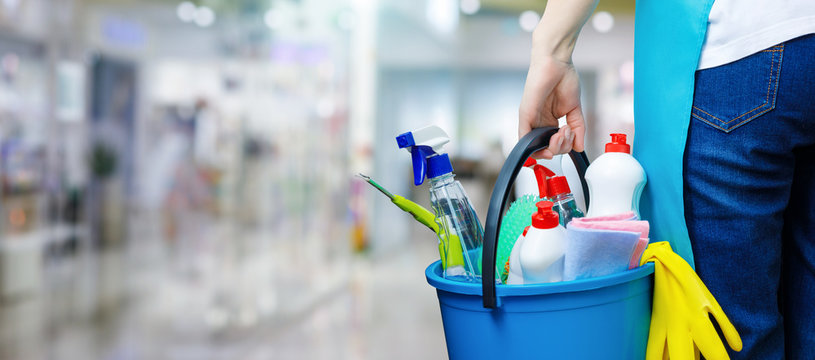Household chores are endless, and even though we try and keep on top of things, we often overlook areas where germs accumulate without realising it.
Maintaining a clean environment is crucial for hygiene and Laura Harnett, the founder of Seep eco cleaning tools, recommends breaking down cleaning tasks by room and tackling them methodically for a set duration – and she suggests rewarding yourself with breaks in between tasks.
She says: “It doesn’t all need to be done in one go, but toilets and kitchens certainly need to be cleaned weekly to keep them hygienic – and stop germs spreading in the obvious places as well as the more unusual ones.”
To ensure your home is clean, here are some commonly overlooked areas that may need a little more attention.
Regularly cleaning these overlooked items can significantly reduce the spread of germs and maintain a hygienic living space.
Tap Handles
These are frequently touched with dirty hands, making them breeding grounds for germs. Try using white vinegar to effectively disinfect tap handles.
“You don’t need to use harsh chemicals to stop germs spreading,” says Harnett. “White vinegar is an amazing product that’s cheap, antibacterial and perfect for cleaning all surfaces, including taps.”
Simply wipe them with neat white vinegar and a soft cloth, then finish by rubbing half a lemon over the taps for a sparkling shine.
Toothbrush Holder
Often neglected, toothbrush holders can harbour bacteria, especially if placed near toilets.
Zara O’Hare, home expert from Land of Rugs, says “Toothbrush holders, often hard to clean, are usually placed near toilets, making them highly susceptible to bacteria due to the spray of faecal debris when the toilet is flushed.”
She recommends soaking holders in a bleach solution for 30 minutes, followed by rinsing in clean water. Alternatively, opt for dishwasher-safe holders.
Coffee Machine
Due to its moist environment, coffee makers are prone to bacterial growth. “Given the dark and damp, it’s not surprising your coffee maker is a prime spot for bacteria, mould and mildew to grow,” warns O’Hare.
O’Hare suggests cleaning with undiluted vinegar followed by several cycles of fresh water to remove odours. This should be done every 40-80 brew cycles or monthly.
Keyboard
Keyboards can accumulate saliva droplets from eating and drinking while working.
Harnett says: “Turn off your computer and unplug it. Vacuum the keyboard to remove any loose particles. Then dip a soft bamboo cloth in rubbing alcohol and wipe over the keys.”
You can then use a cotton bud dipped in the rubbing vinegar to get in between the keys themselves and make sure it’s disinfected.
Kitchen Sponges
Sponges harbour bacteria in their crevices. O’Hare recommends soaking them in diluted bleach or running them through the dishwasher on a high-heat cycle. Alternatively, microwave them in a bowl of water with soap.
TV Remote Control
“Even if you’re the most meticulous cleaner, you might still ignore some areas you think are clean,” suggests O’Hare. “Your remote control is one of these.” O’Hare suggests using disinfectant wipes weekly to clean and disinfect the surface.

